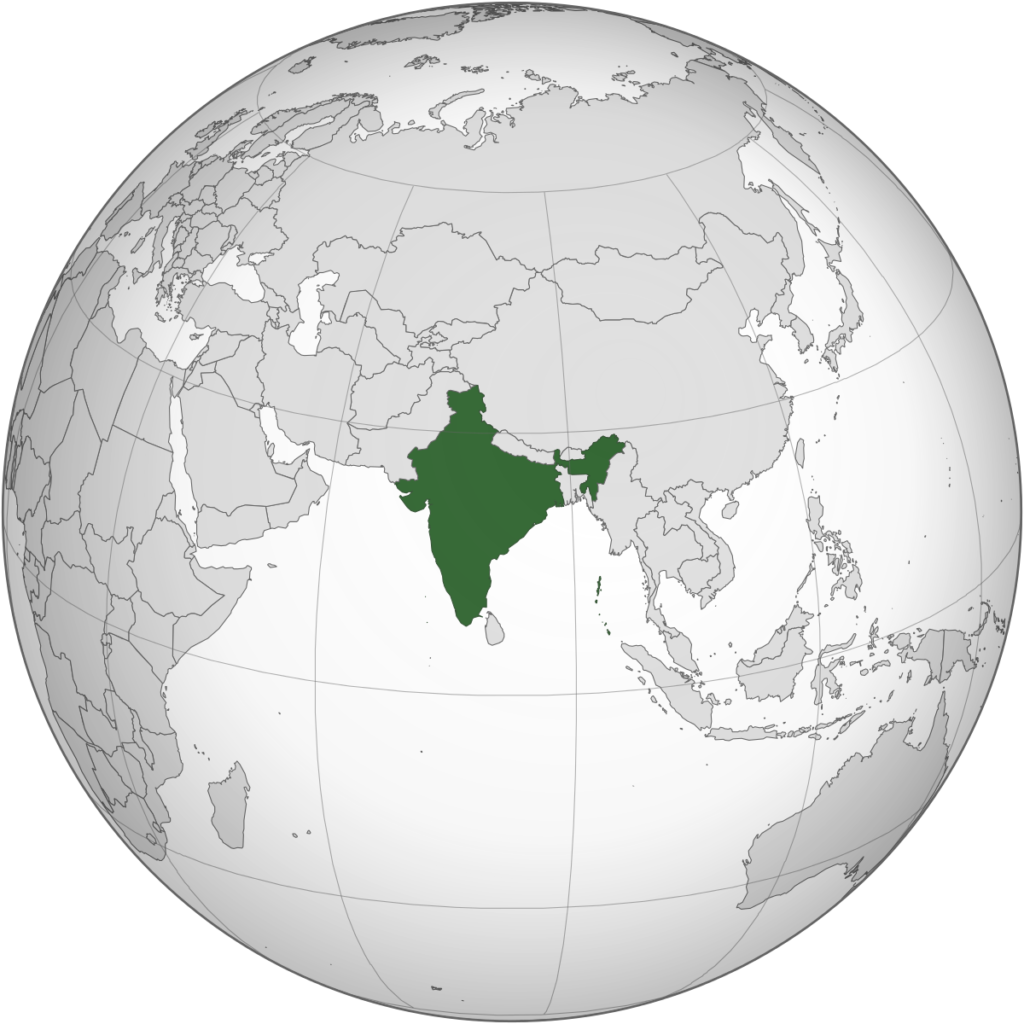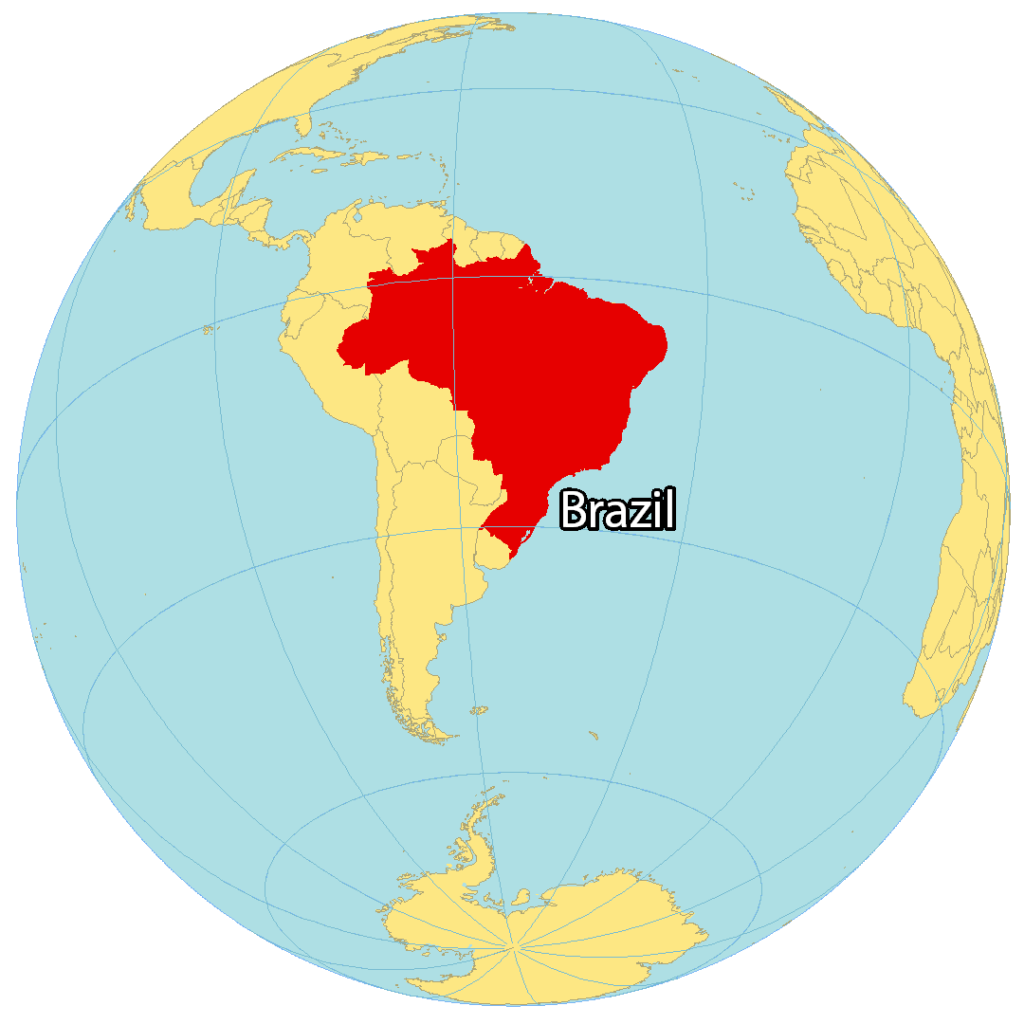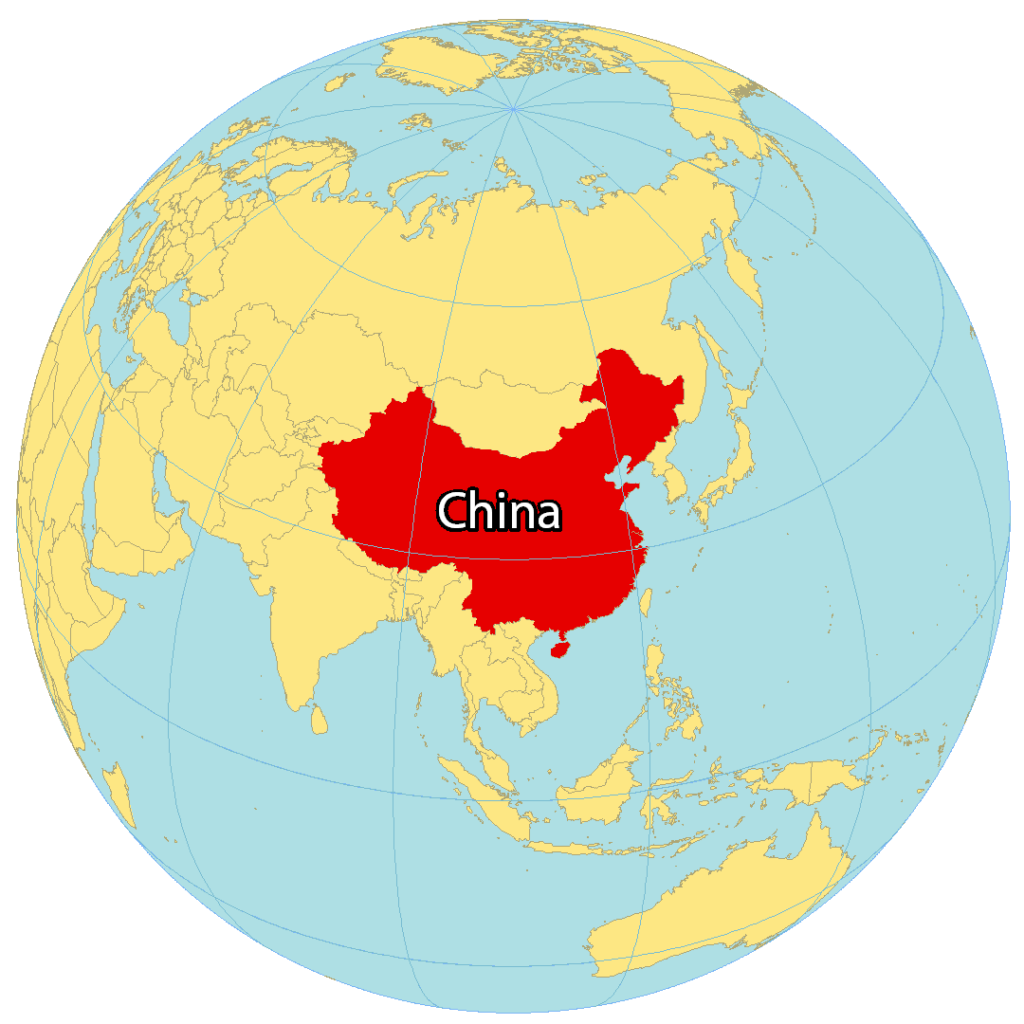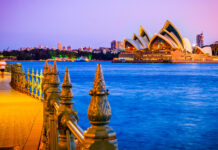7.India: 3,287,262 km²
The southern regions of the country are occupied by the Deccan Plateau, surrounded by the Arabian Sea, the Bay of Bengal and the Andaman Sea. In the central part are the basins of the Ganges River and the Brahmaputra, flowing through the Indo-Gangetic plain. The Himalayas and Karakoram mountain ranges, ruled by monsoons, extend all the way north. The area of India includes archipelagos: Lakshadweep, Nicobar and Andaman Islands.

6.Australia: 7,692,023 km²
The sixth largest country in the world, located between the Indian and Pacific Oceans, was discovered by the Portuguese in the XVI century. It is located in the zone of tropical and subtropical climate. The coast is monotonous, 90% of the total population of the country lives here. The largest bays are Great Australian in the south and Carpentaria in the north. The largest island of Tasmania – in the south, besides Mount Kosciuszko, is the only place in the country where it snows. Most of the area is covered by deserts and semi-desert plains called bush is a deserted area. There is an incredibly dry tropical continental climate. Along the coast there are tropical forests, and in the west – mountains.

5.Brazil: 8,515,766 km²
A highly developed state of South America. The fifth largest country in the world is the leader in the production and export of coffee. To the south of the Atlantic coast, the highlands extend. The northern part is located on a alluvial plain formed from the sediments of the largest river in the world with a huge volume of water – the Amazon. It absorbs thousands of tributaries on its way. The Amazonian jungle has retained only a part of its original appearance and original diversity of flora and fauna. The country is located in three geographical zones. The smallest of them are tropical forests in the Guiana Highlands. The central part is the Amazon, the southern part belongs to the Brazilian Highlands.

4.China: 9,596,962 km²
The area of western China consists of vast mountainous territories, central areas with valleys and highlands, further east to the coast stretch lowlands. Almost all types of landscapes are found here – Himalayan glaciers, steppes, deserts and tropical forests. The Himalayas create a natural barrier that serves to protect the Indian subcontinent and the rainforests of Southeast Asia from the cold air from the north. Eastern China has a gigantic river system. Around the world’s largest river, the Yangtze River, crossing Tibet and seven provinces, one of the oldest civilizations was born thousands of years ago.





























